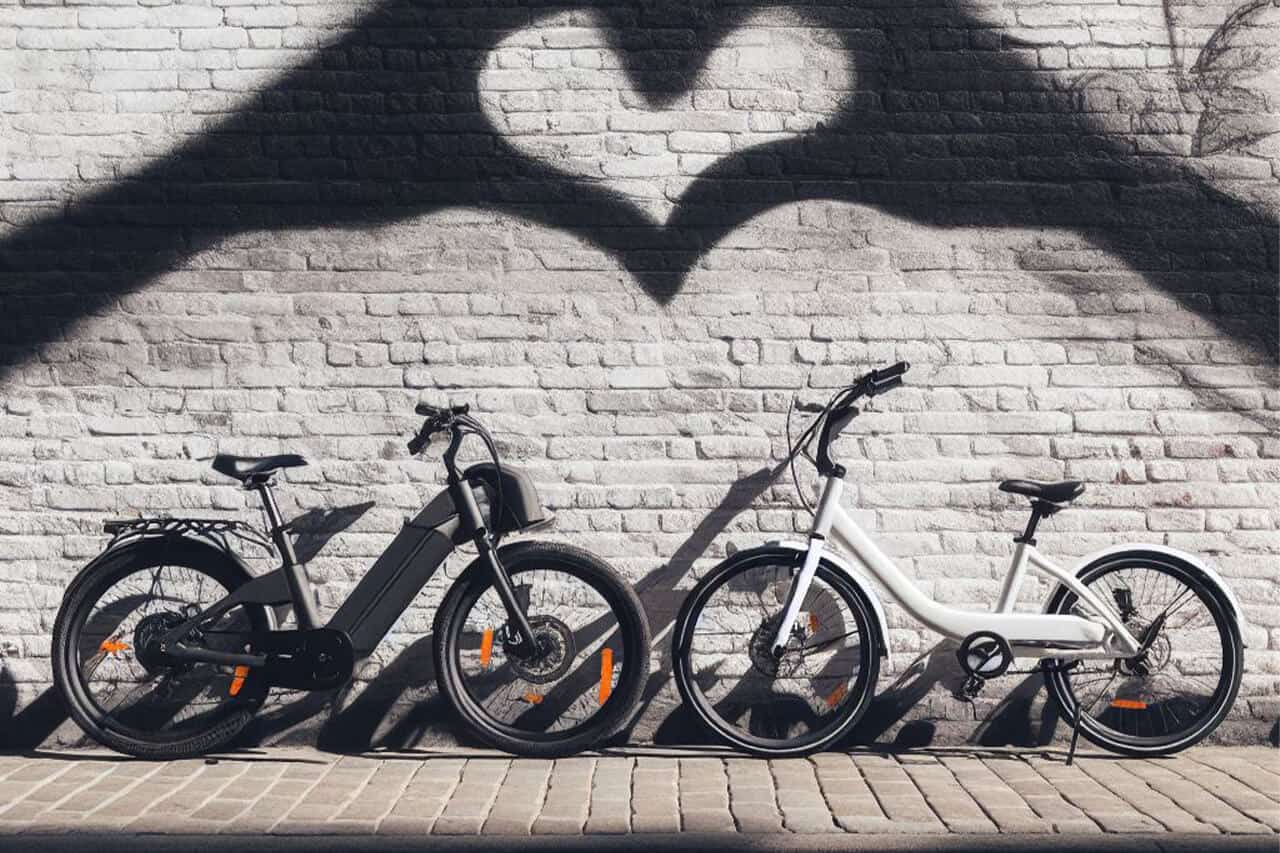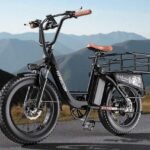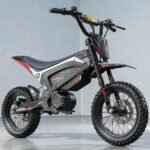
This article dives into the showdown between electric bikes (e-bikes) and regular bikes, helping you decide which suits your needs. As someone who’s spent countless hours pedaling both, I’ll break down the key differences across practical factors. Whether you’re commuting, exploring trails, or just cruising, this comparison will guide your choice. Let’s get rolling!
E-bikes are pedal bicycles with a motor, battery, and controls that provide adjustable assistance, making rides easier and faster. Regular bikes rely solely on human power, offering a traditional cycling experience with no electrical components.
Ready to find out which bike comes out on top? Keep reading for a detailed, no-fluff comparison.
Electric Bikes vs. Regular Bikes – How We’ll Compare Them
I’ve ridden both e-bikes and regular bikes in cities, suburbs, and hilly trails, so I know what matters most. Here’s how we’ll compare them:
- Speed and Effort: How fast can you go, and how much work does it take?
- Range and Distance: How far can each bike take you on a single ride?
- Cost and Value: What’s the upfront price, and how do maintenance costs stack up?
- Maintenance and Durability: How much care do they need, and how long do they last?
- Accessibility and Comfort: Who can ride them, and how comfortable are they?
- Environmental Impact: How eco-friendly are these options?
Speed and Effort
Electric Bikes
E-bikes shine when it comes to speed and ease. With pedal-assist or throttle modes, they can hit 20-28 mph, depending on the class, making commutes or hill climbs feel effortless. I’ve zipped up steep inclines without breaking a sweat, thanks to adjustable assistance levels. I’d score e-bikes a solid 9/10 for speed and effort.
Regular Bikes
Regular bikes depend entirely on your leg power, typically topping out at 10-15 mph for most riders. They demand more effort, especially on hills or long rides, which can be a workout or a struggle, depending on your fitness. I’d give regular bikes a 6/10 here, as they’re rewarding but taxing.
How They Compare
E-bikes clearly outpace regular bikes in speed and require less physical effort, ideal for commuters or casual riders. Regular bikes, however, offer a pure cycling experience for those who crave a challenge. E-bikes win for ease and speed, especially on varied terrain.
Range and Distance
Electric Bikes
E-bike range depends on battery capacity, terrain, and assist level, typically offering 20-60 miles per charge. I’ve comfortably covered 40 miles on a single charge with moderate assistance, perfect for long commutes or leisurely trips. They score an 8/10 for range.
Regular Bikes
Regular bikes have no range limit beyond your stamina. On a good day, I’ve pedaled 50 miles, but fatigue sets in on longer rides or rough routes. They’re great for shorter trips or fit riders, earning a 7/10 for distance potential.
How They Compare
E-bikes excel for consistent long-distance travel, especially for riders who want to go far without exhaustion. Regular bikes rely on your endurance, which can be a limiter. E-bikes take the edge for most users needing reliable range.
Cost and Value
Electric Bikes
E-bikes come with a higher upfront cost, ranging from $600 to $8,000, with quality models averaging around $2,000. Maintenance, like battery replacements, adds to long-term expenses. Still, they’re cheaper than cars for commuting, so I’d rate them 7/10 for value.
Regular Bikes
Regular bikes are wallet-friendly, starting at $200 and topping out at $10,000 for high-end models. Basic maintenance—tires, chains, brakes—is affordable and straightforward. For cost-effectiveness, they score a strong 9/10.
How They Compare
Regular bikes are the clear winner for budget-conscious buyers due to lower purchase and upkeep costs. E-bikes, while pricier, offer value for those prioritizing convenience over cost. If price is your main concern, regular bikes lead.
Maintenance and Durability
Electric Bikes
E-bikes require regular bike maintenance plus care for electrical components like motors and batteries. I’ve found that brakes and tires wear faster due to higher speeds and weight, and battery issues need specialist attention. They score 6/10 for maintenance ease.
Regular Bikes
Regular bikes are simpler, with fewer parts to worry about. I’ve fixed flats and adjusted chains at home with basic tools, and most repairs are cheap at local shops. Their simplicity earns them an 8/10 for maintenance.
How They Compare
Regular bikes are easier and cheaper to maintain, as e-bikes’ electrical systems add complexity and cost. For riders who value low upkeep, regular bikes are the better choice. E-bikes demand more care but are reliable with proper servicing.
Accessibility and Comfort
Electric Bikes
E-bikes open cycling to a wider audience, including older adults or those with physical limitations. The motor assistance makes riding less daunting, and I’ve seen beginners tackle hills with ease. They score a 9/10 for accessibility and comfort.
Regular Bikes
Regular bikes require more fitness and confidence, which can be a barrier for some. They’re comfortable for fit riders but less forgiving on long or hilly rides. I’d give them a 7/10 for accessibility.
How They Compare
E-bikes are far more accessible, leveling the playing field for riders of varying abilities. Regular bikes suit those already comfortable cycling but may exclude less fit users. E-bikes win for inclusivity and comfort.
Environmental Impact
Electric Bikes
E-bikes are eco-friendly compared to cars, producing no emissions during use. However, battery production and charging have a carbon footprint, though minimal with renewable energy. I’d rate them 8/10 for environmental impact.
Regular Bikes
Regular bikes are the greenest option, relying solely on human power with no batteries or motors. Their manufacturing impact is low, making them a near-perfect 9/10 for eco-friendliness.
How They Compare
Regular bikes have a slight edge for environmental purists due to their zero-energy operation. E-bikes are still a sustainable choice, especially for replacing car trips. Regular bikes win for minimal impact.
The Breakdown
Here’s a clear snapshot of how e-bikes and regular bikes stack up across our comparison factors.
| Electric Bikes | Regular Bikes | |
|---|---|---|
| Speed and Effort | 9/10 | 6/10 |
| Range and Distance | 8/10 | 7/10 |
| Cost and Value | 7/10 | 9/10 |
| Maintenance and Durability | 6/10 | 8/10 |
| Accessibility and Comfort | 9/10 | 7/10 |
| Environmental Impact | 8/10 | 9/10 |
| Total Score | 47 | 46 |
The Winner – Electric Bikes
After riding both extensively, e-bikes edge out regular bikes with a total score of 47 to 46. Their standout strengths are speed, ease of effort, and accessibility, making them ideal for commuters, casual riders, or those tackling challenging routes. Whether you’re dodging city traffic or exploring scenic trails, the motor assistance transforms the experience, letting you go farther with less fatigue.
That said, regular bikes are no slouch. They’re budget-friendly, low-maintenance, and perfect for fitness-focused riders who relish the physical challenge. If cost or eco-friendliness is your top priority, a regular bike might still be your best bet.
Ultimately, e-bikes win for their versatility and inclusivity, catering to a broader range of riders and needs. Choose based on your goals—e-bikes for convenience and range, regular bikes for simplicity and exercise. Either way, you’re pedaling toward a healthier, greener lifestyle.








